Tunnel of Love in Klevan is the name given by local people to this fairytale track. The unusual railroad track is located approximately 7 kilometers from the city Klevan. This is an industrial track for wooden work. The tunnel was made over many years as the passing train molded the trees’ lines. The train turned a luscious piece of woodland into a unique passageway as it traveled back and forth 3 times a day over several years.



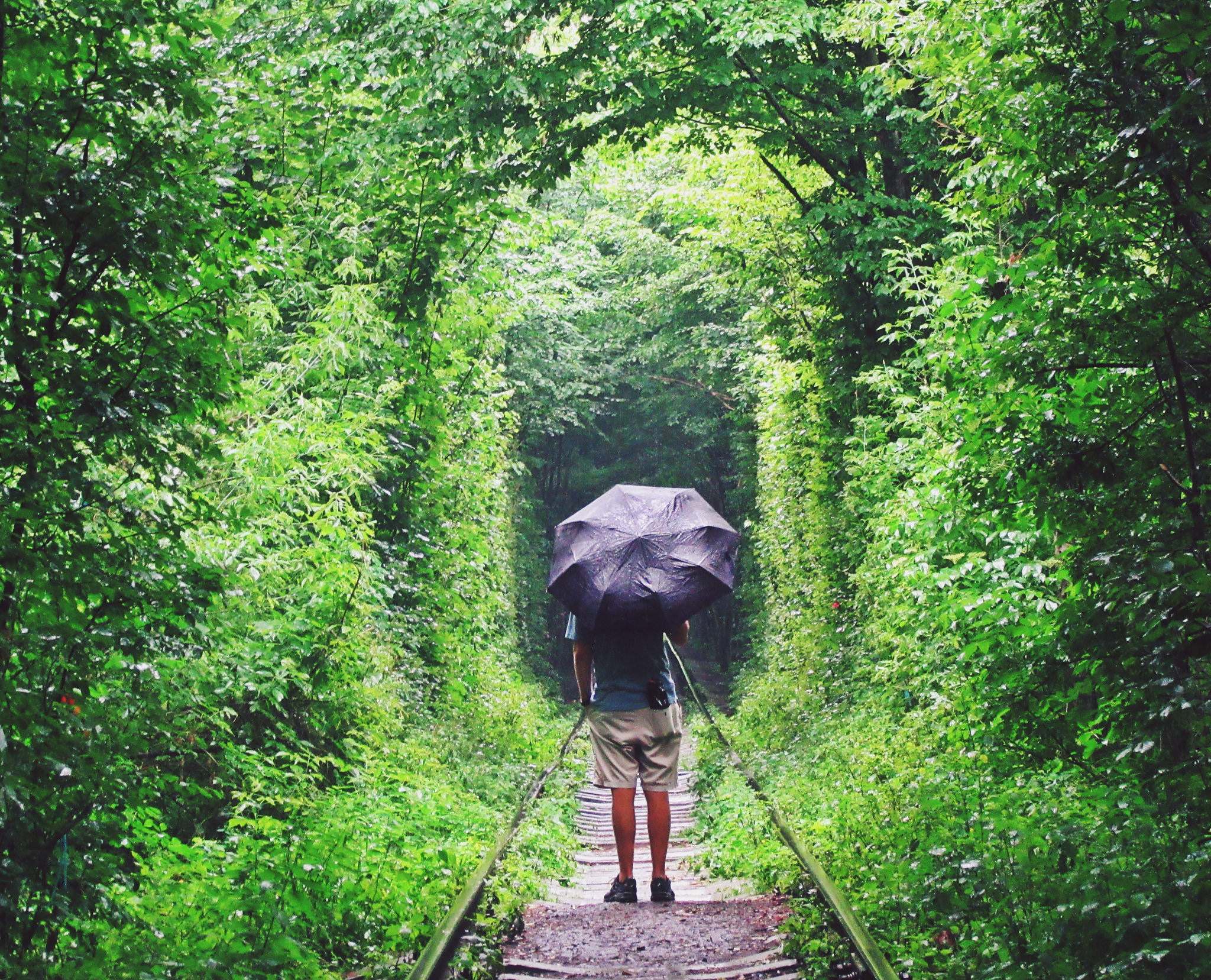
credit: amanderson2
Sevastopol is an important and historical port on the Black Sea. Founded in 1783 as the base of the Black Sea Navy of Russia, it was beseiged by the British in the Crimean War. In the 20th century it was the home port of the Soviet Navy’s Black Sea Fleet, and the city retains a significant Russian naval presence. The population is still largely ethnically Russian and the population’s sympathies still lie largely with Moscow rather than Kiev. Nowadays Sevastopol is the base of the Russian Black Sea Fleet and Ukrainian Navy Forces as well as one of the most interesting tourist destinations in Ukraine.
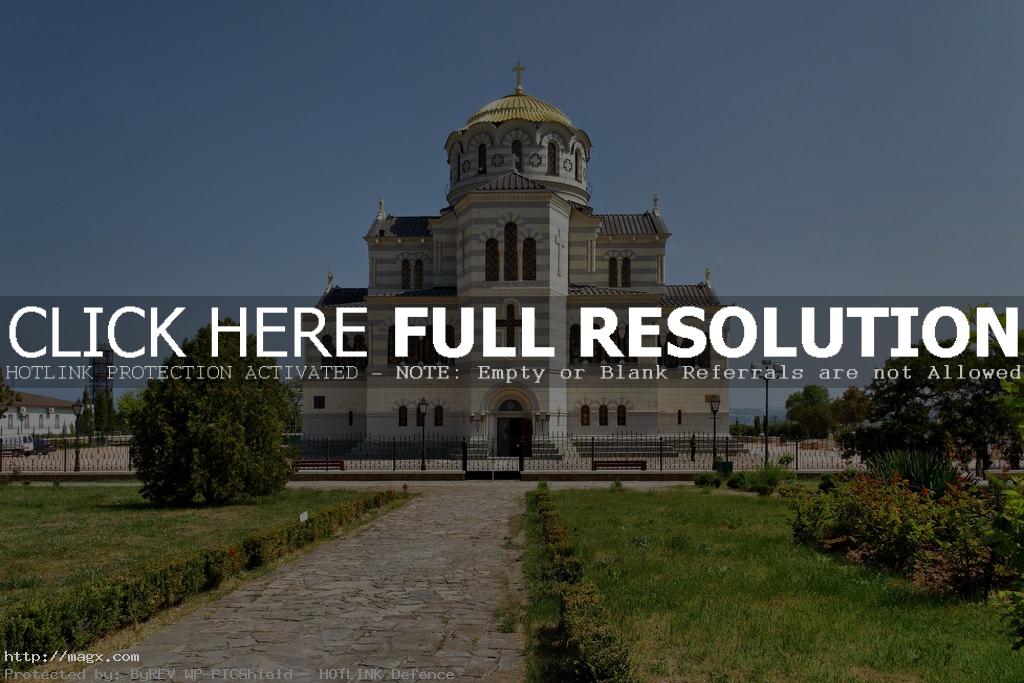
Sevastopol. Chersonesus. Saint Vladimir Cathedral

Sevastopol. Chersonesus. Saint Vladimir Cathedral
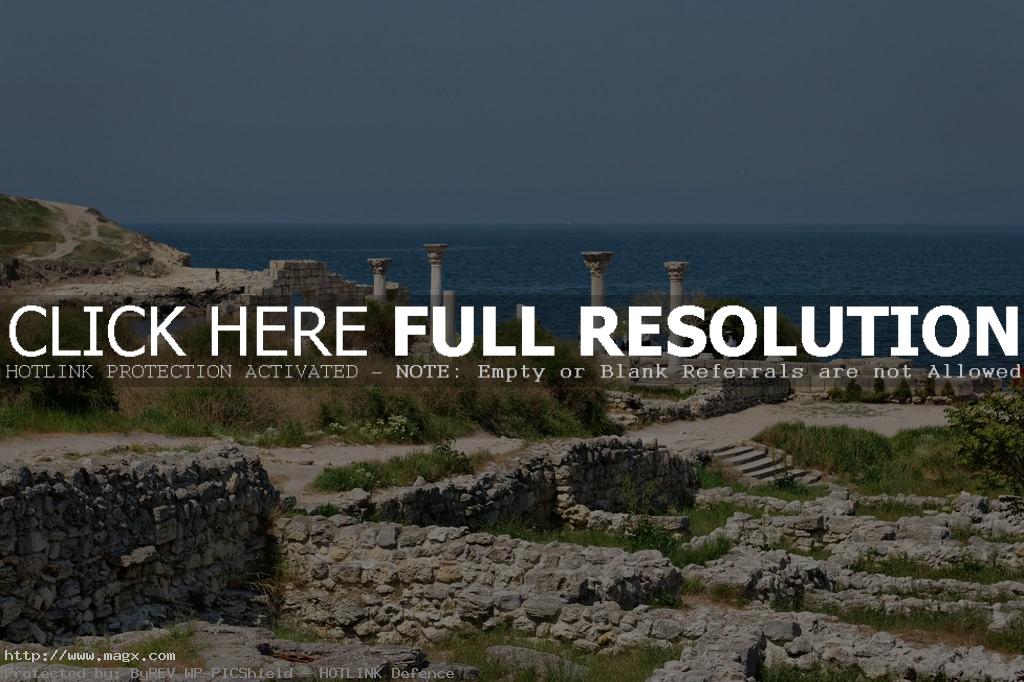
Sevastopol. Chersonesus. Basilica of 1935
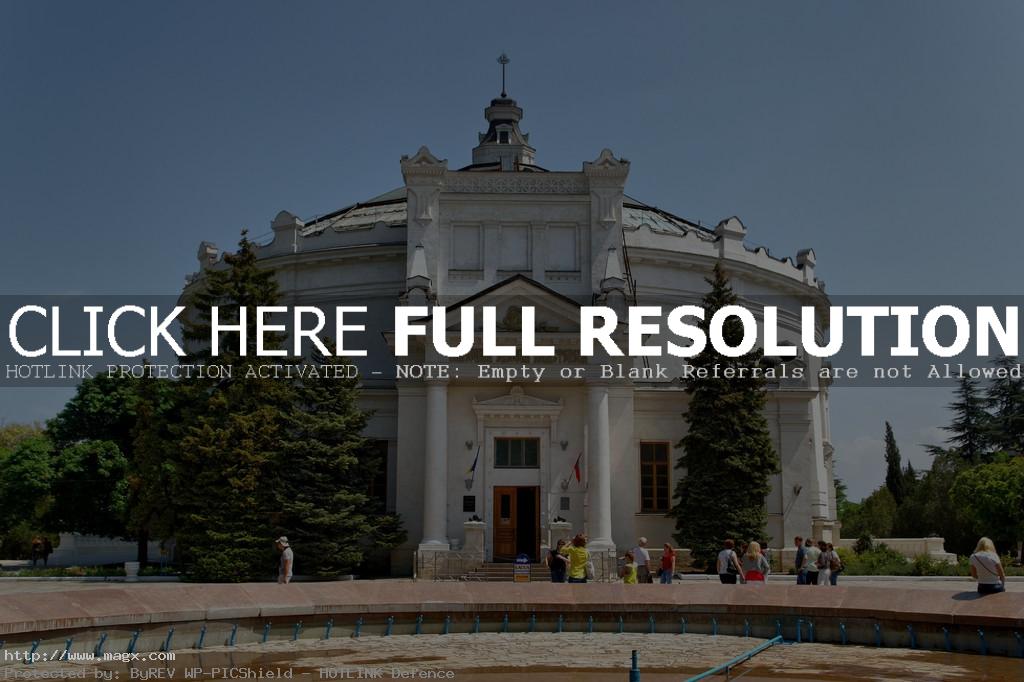
Sevastopol. Building of museum panorama

Sevastopol. Chersonesus. Monument of Saint Andrew
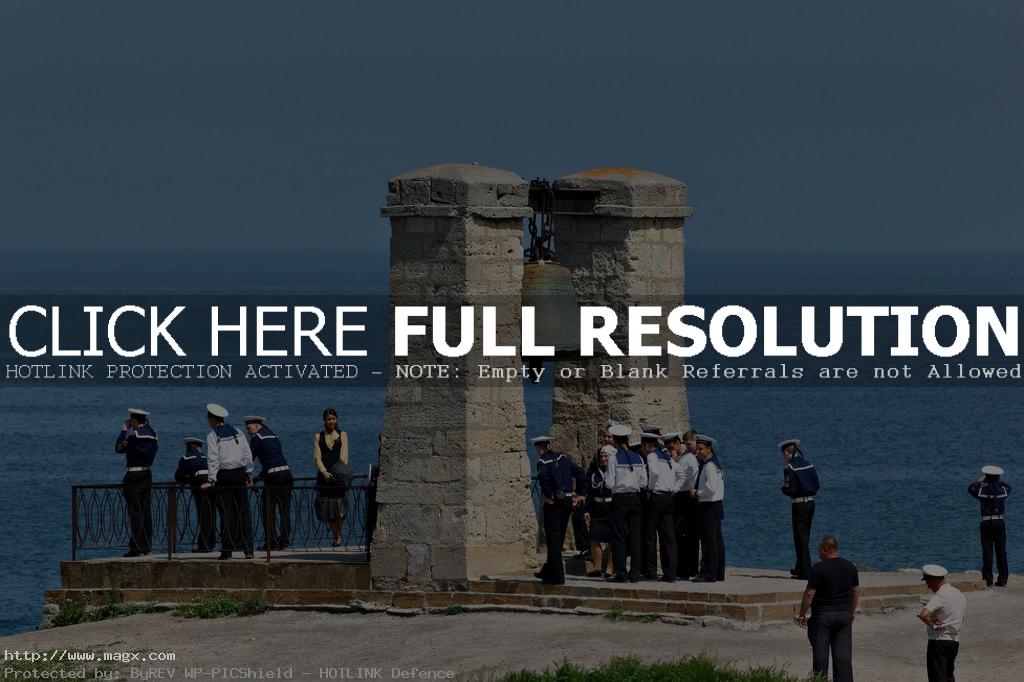
Sevastopol. Chersonesus. Bell

Sevastopol. Chersonesus. Theatre
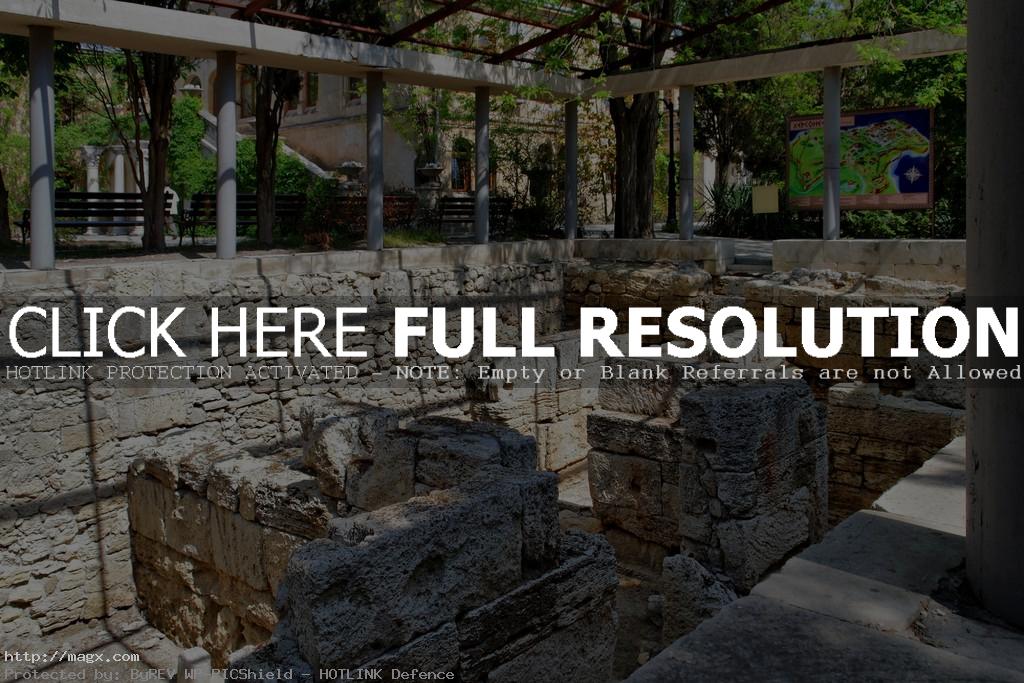
Sevastopol. Chersonesus. Mint

Sevastopol. Monument to flooded ships

Sevastopol. Monument to Pavel Nakhimov

Sevastopol. Museum and memorial complex “35th Coast Battery”
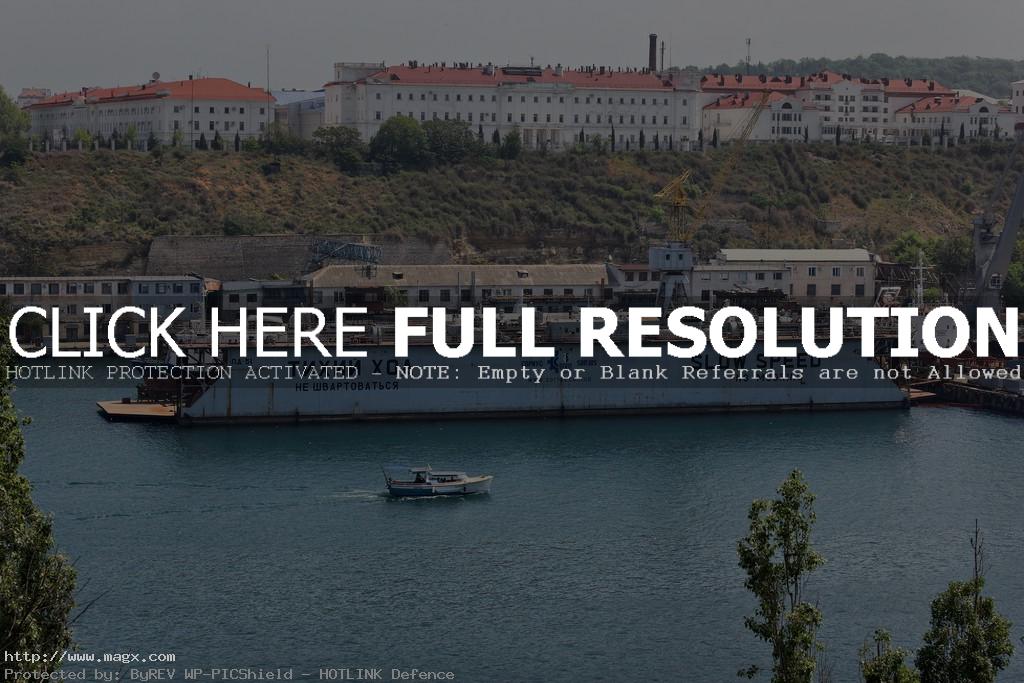
Sevastopol. Floating dock

Sevastopol. Frigate “Hetman Sahaydachniy”
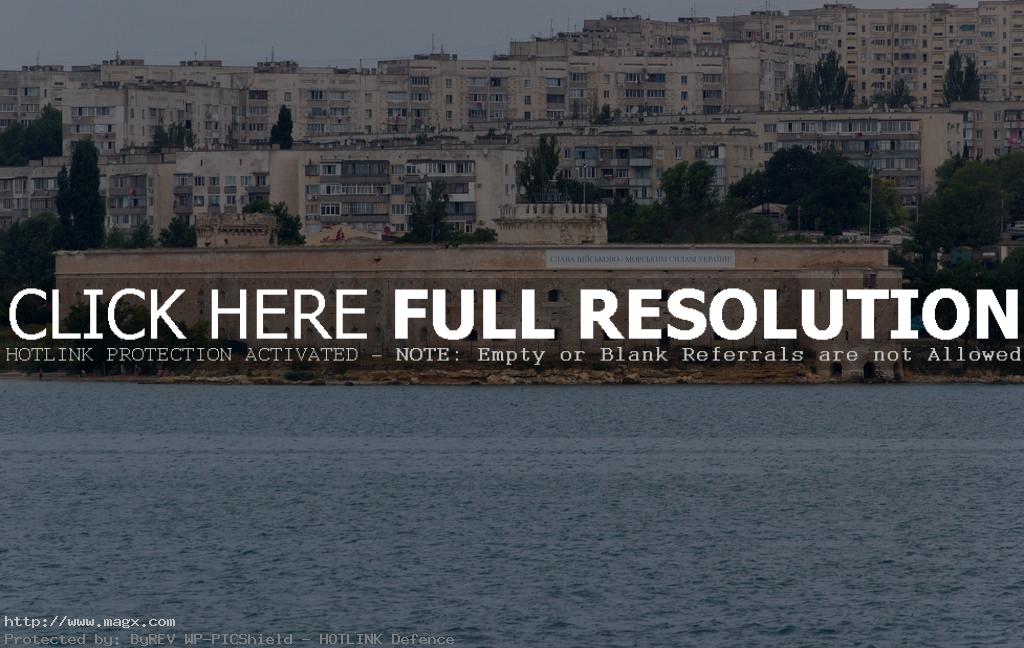
Sevastopol. Mikhaylovskaya battery
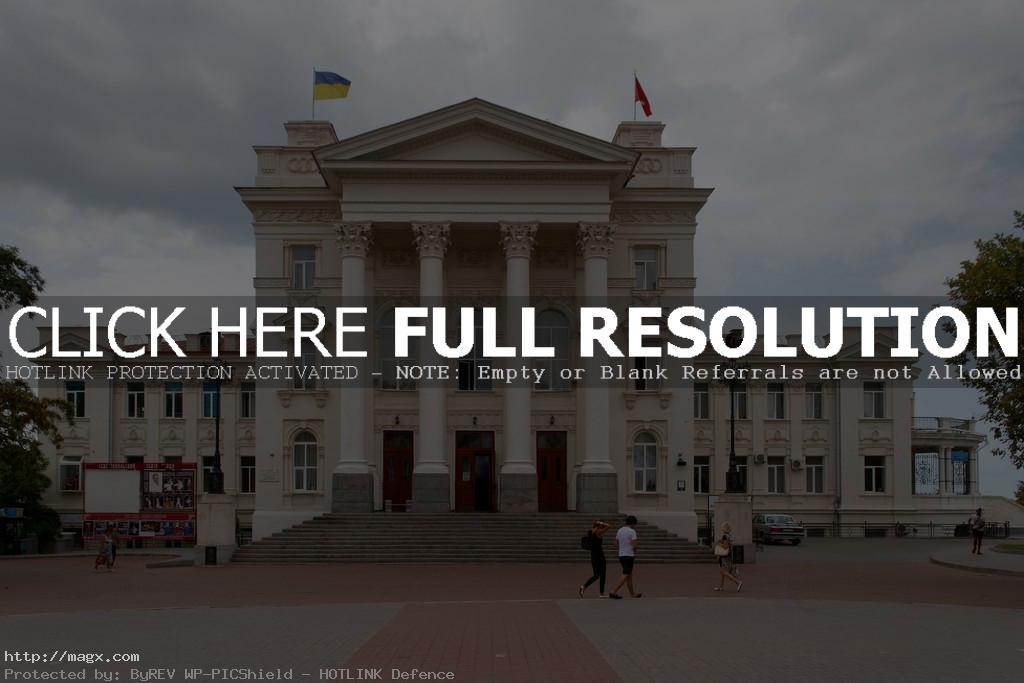
Sevastopol. Palace of Children and Youth Creativity
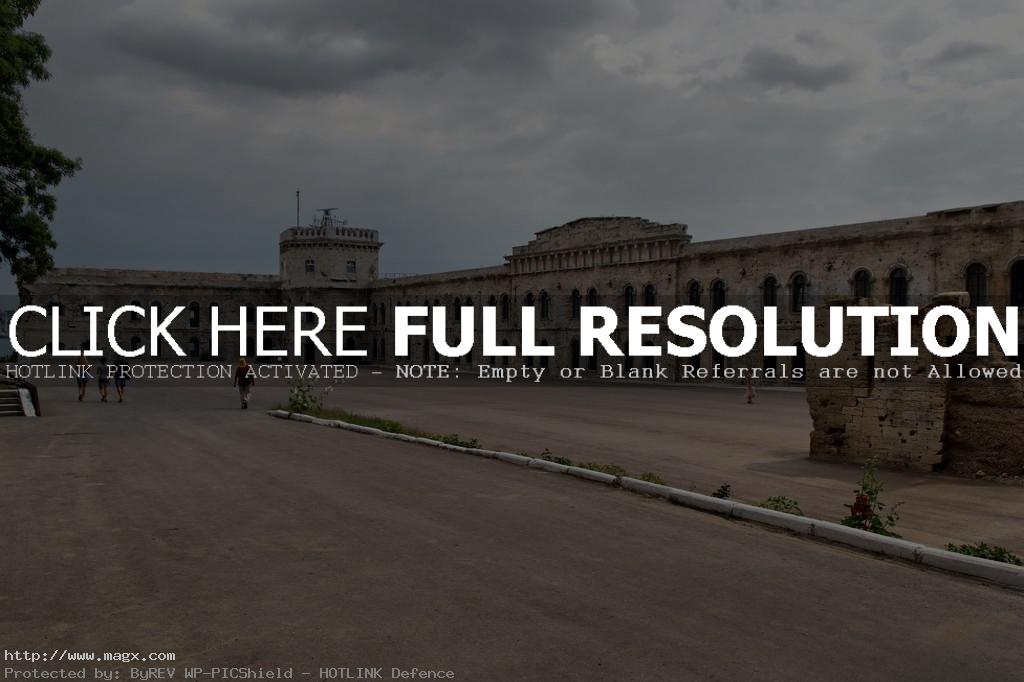
Sevastopol. Mikhaylovskaya battery
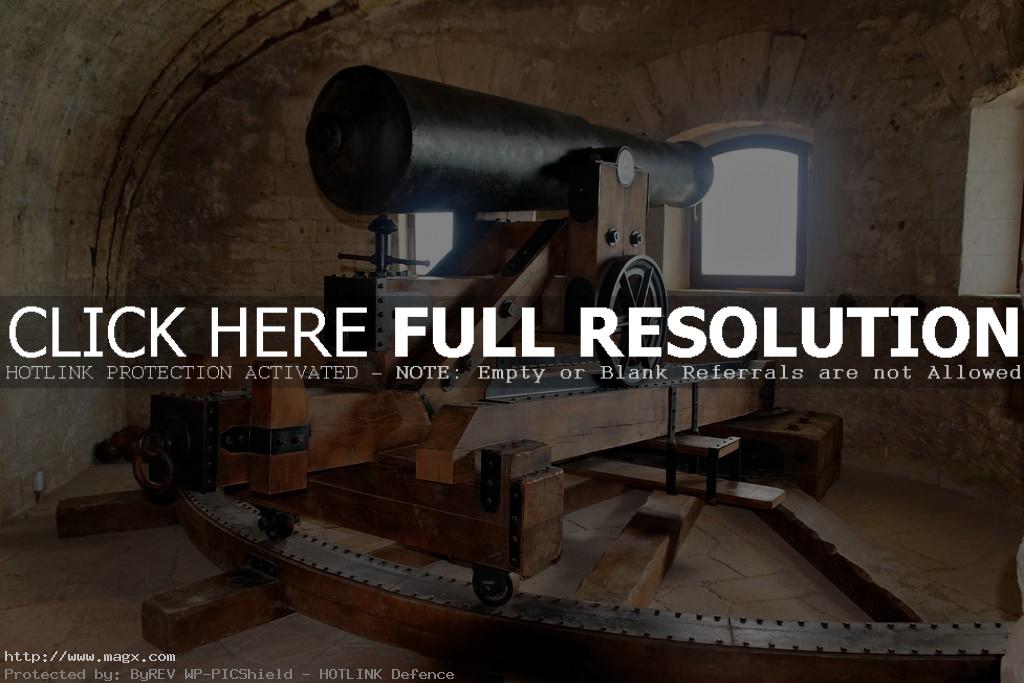
Sevastopol. Mikhaylovskaya battery
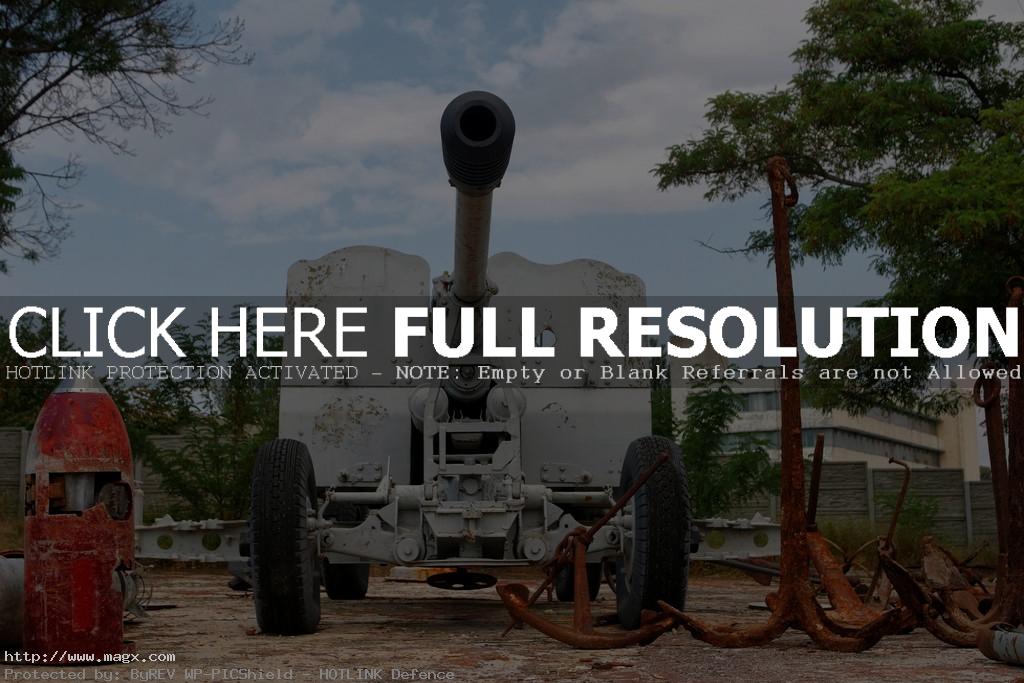
Sevastopol. Mikhaylovskaya battery

Sevastopol. Mikhaylovskaya battery

Sevastopol. Missile Tarantul class corvette

Sevastopol. Monument to Vladimir Lenin.

Sevastopol. Monument to Alexander Kazarsky
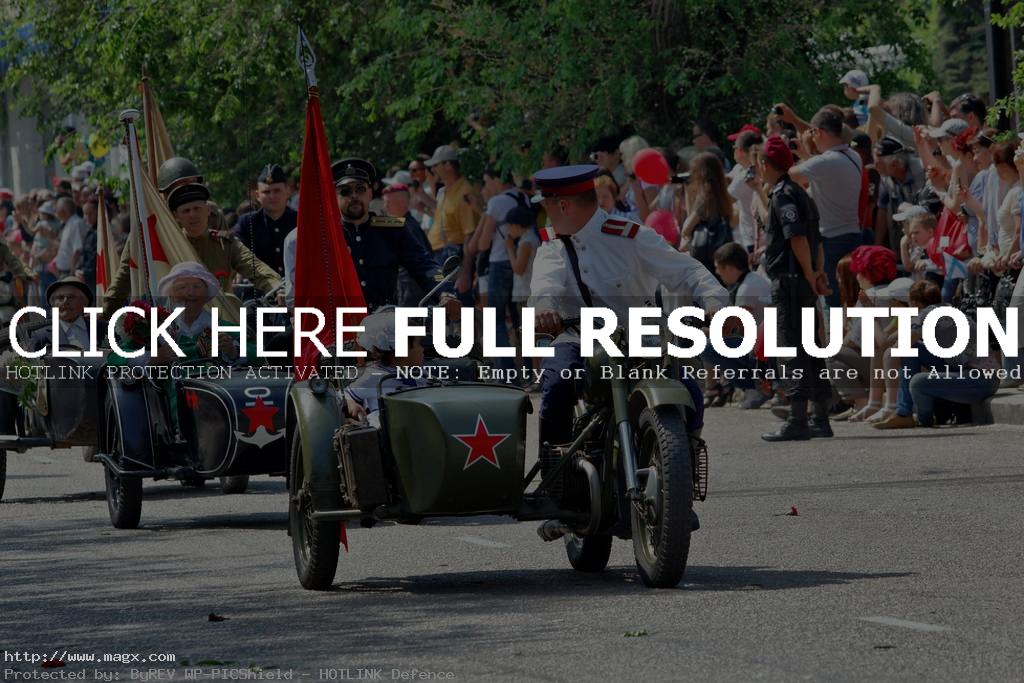
Sevastopol. Victory Day Parade
credit: Alexxx1979
The Palace of Culture was a typical structure of the Eastern bloc. A building was dedicated to sports, education and culture. The huge buildings were central point for people to enjoy all kinds of recreational activities in Pripyat. Pripyat (1km from the reactor) was designed as an exemplar of Soviet planning for the 50,000 people who worked at the Chernobyl Nuclear Power Plant till 1986. But the result of soviet planning was the worst nuclear accident in history. Now Pripyat is in a radioactive exclusion zone unfit for human habitation. It must have been a beautiful place before the accident.
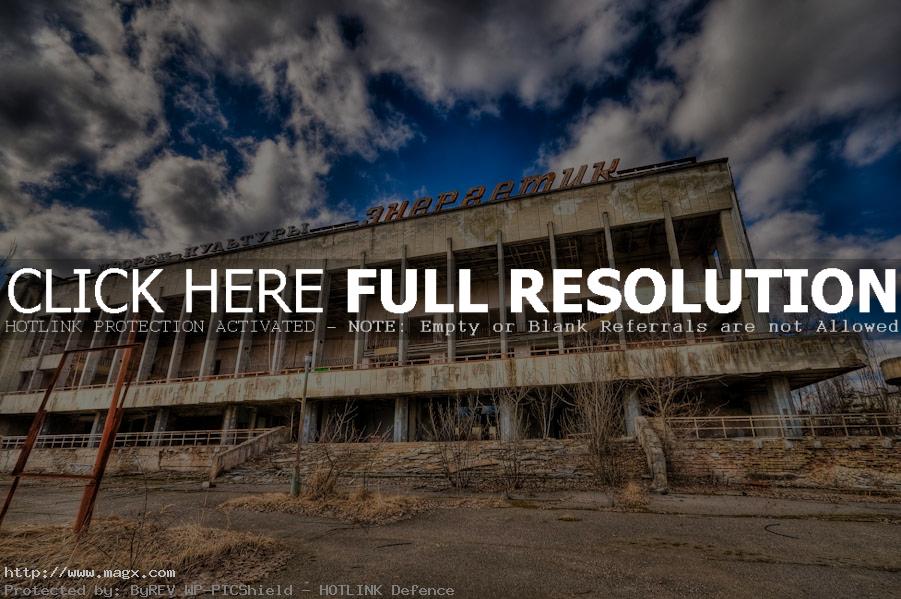
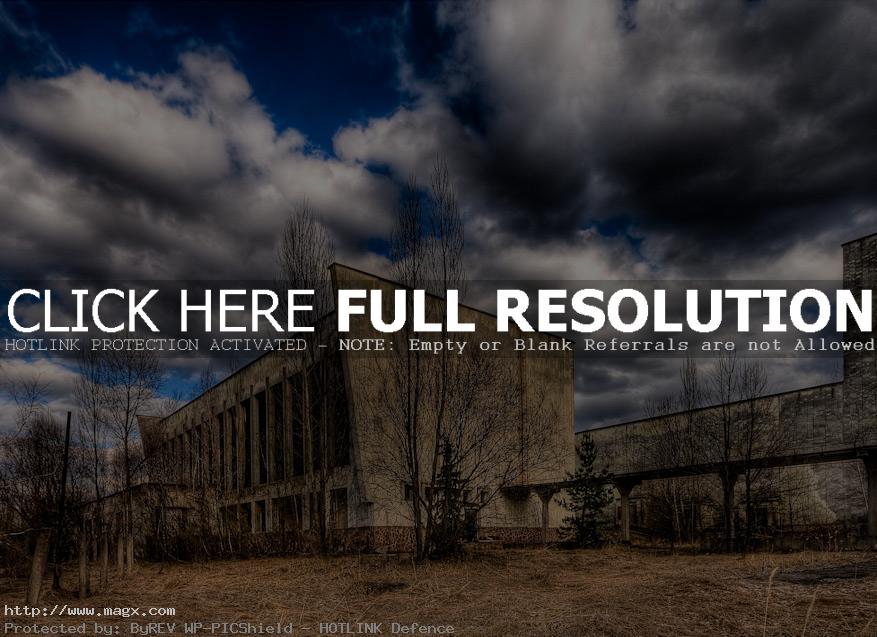
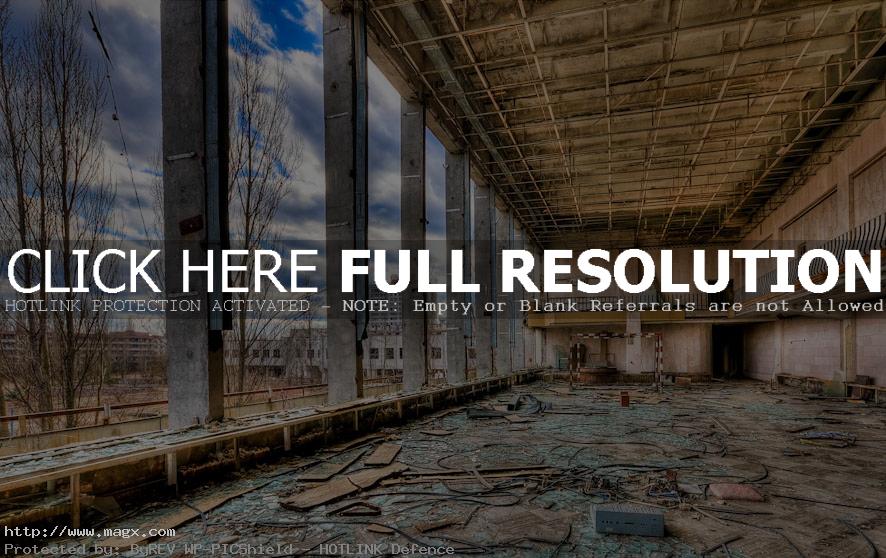
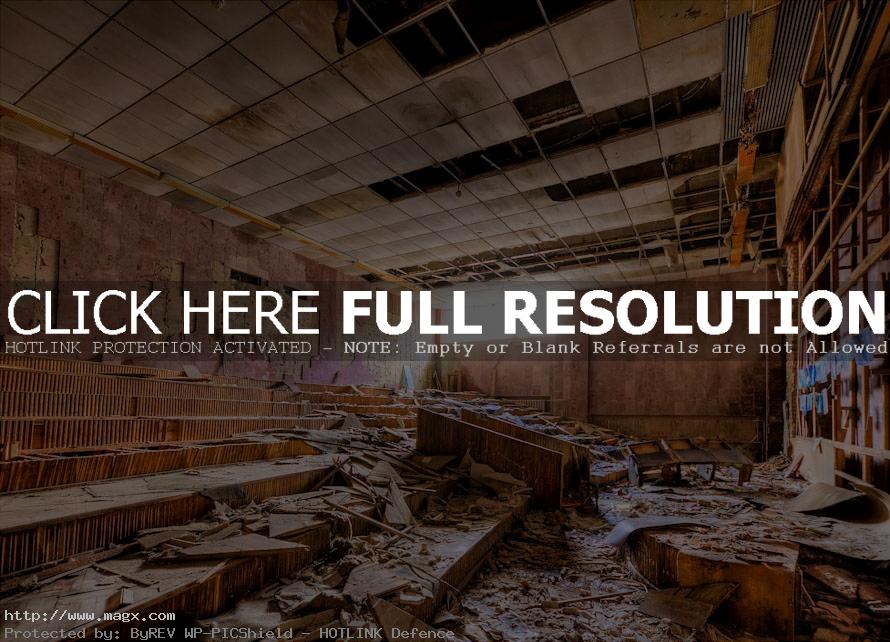
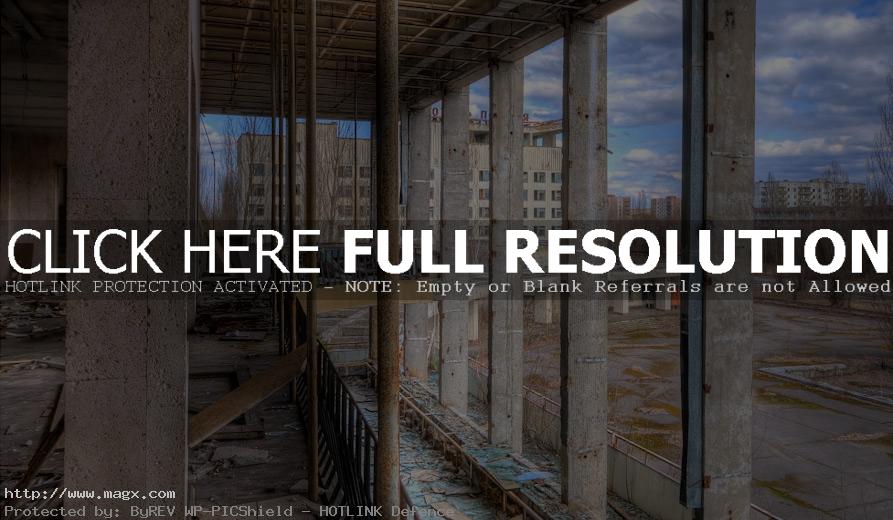
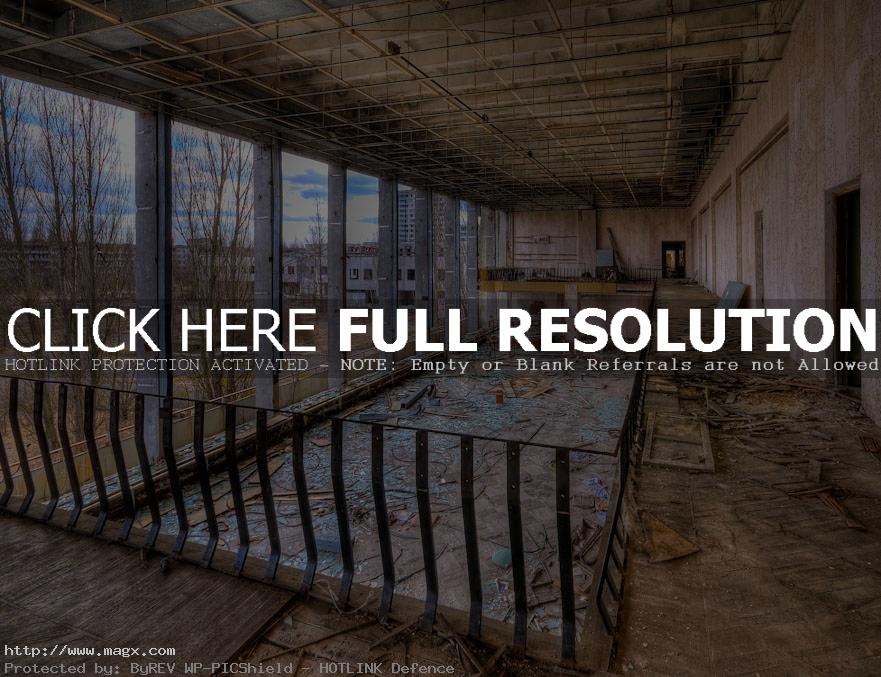
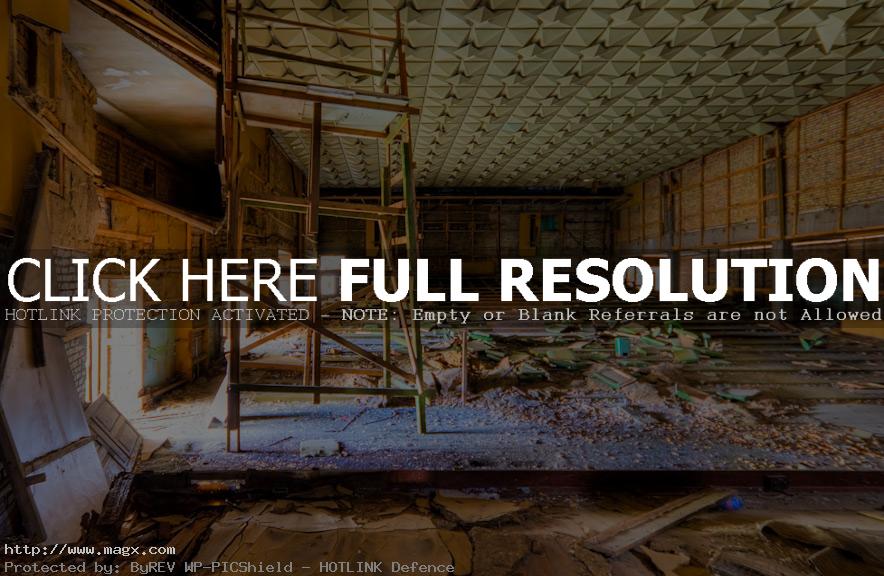

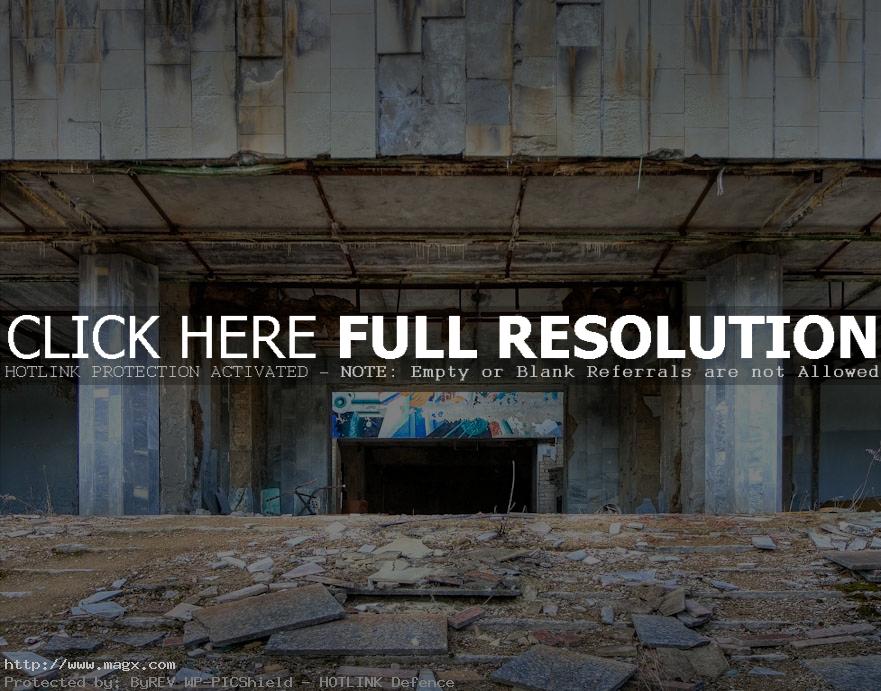
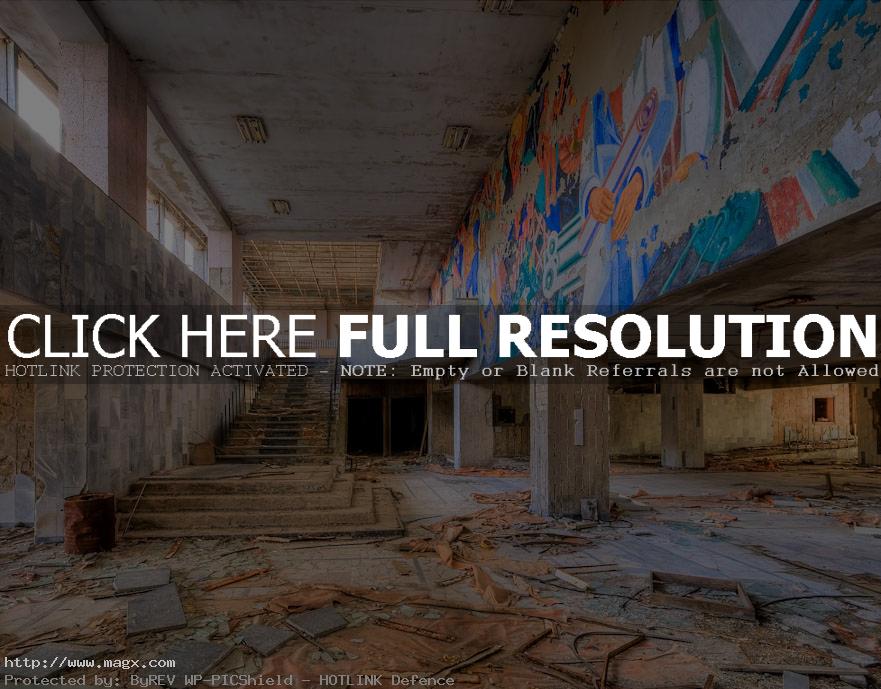
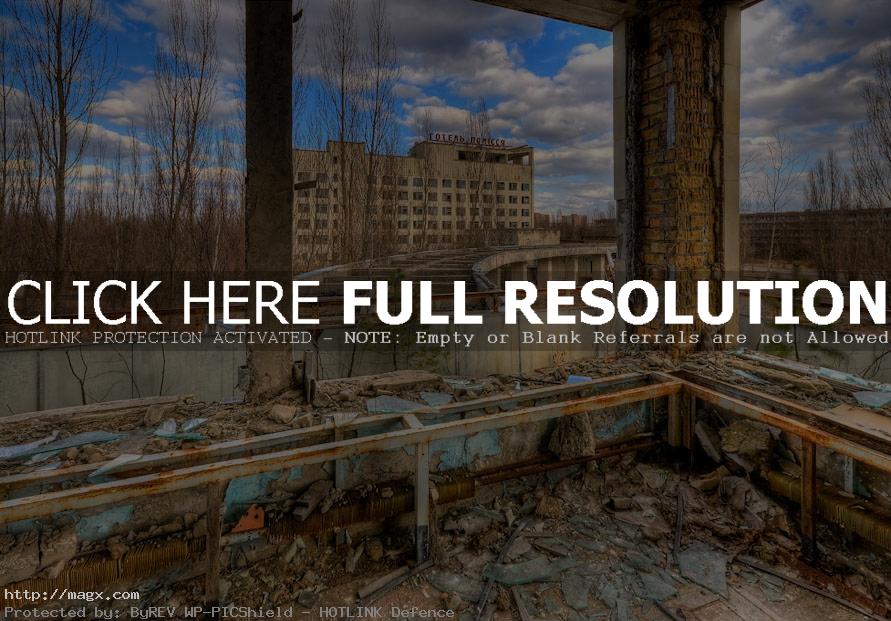
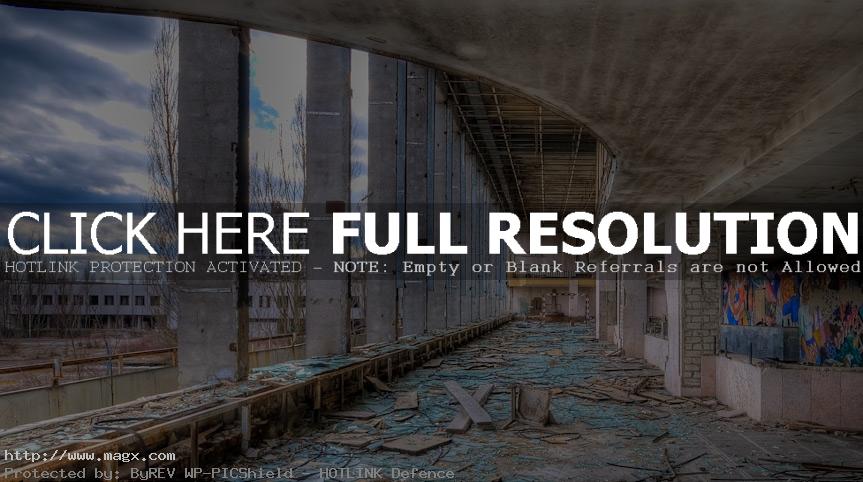
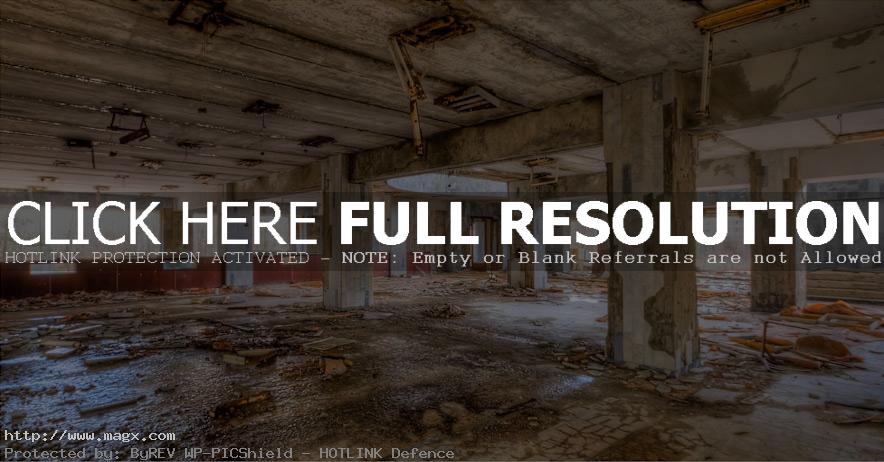
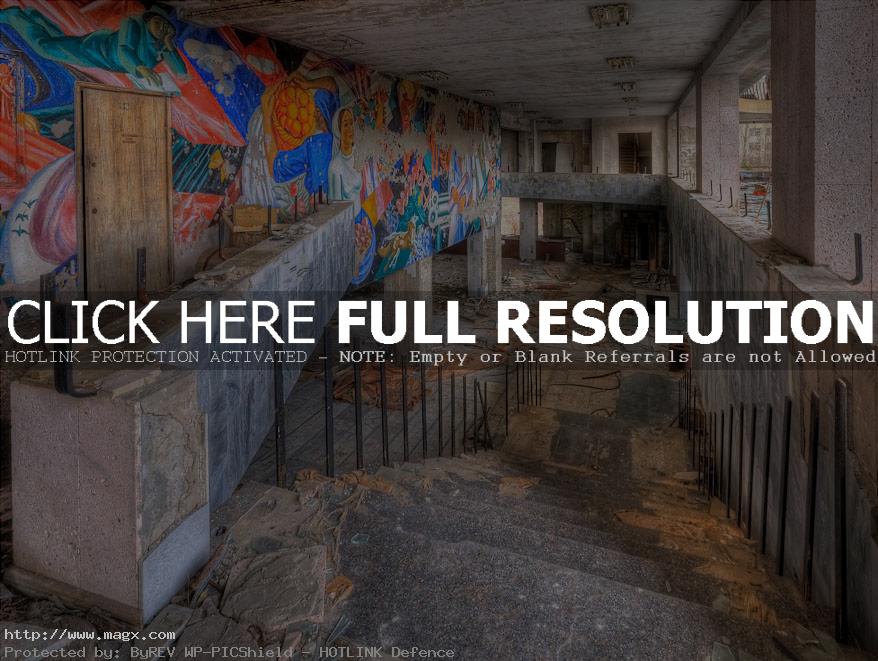
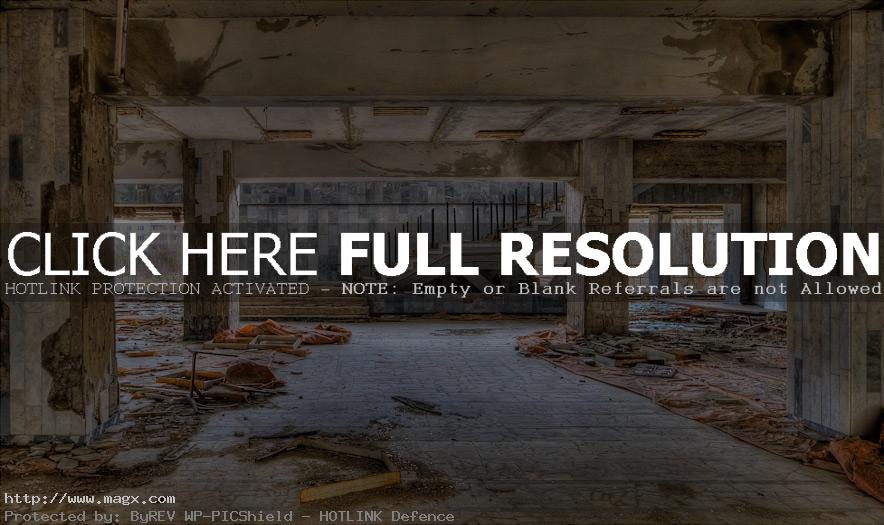
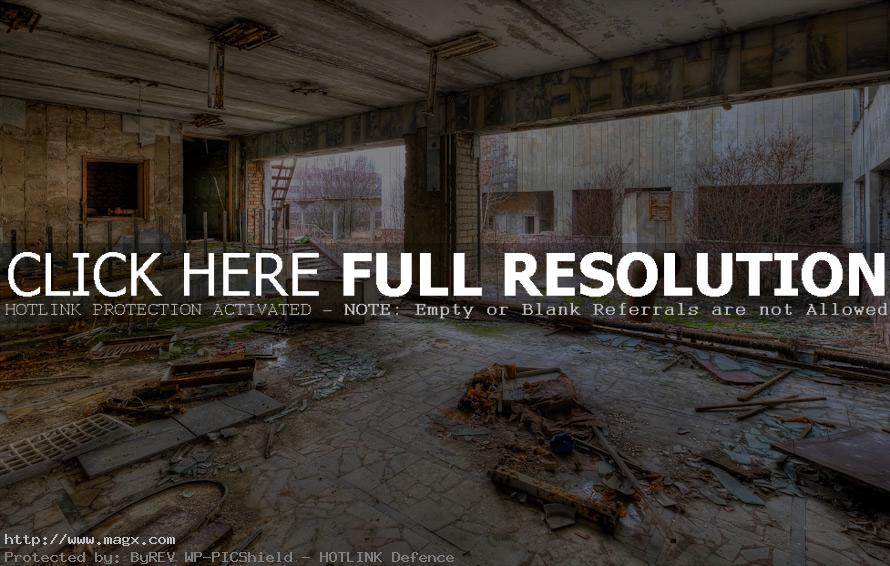
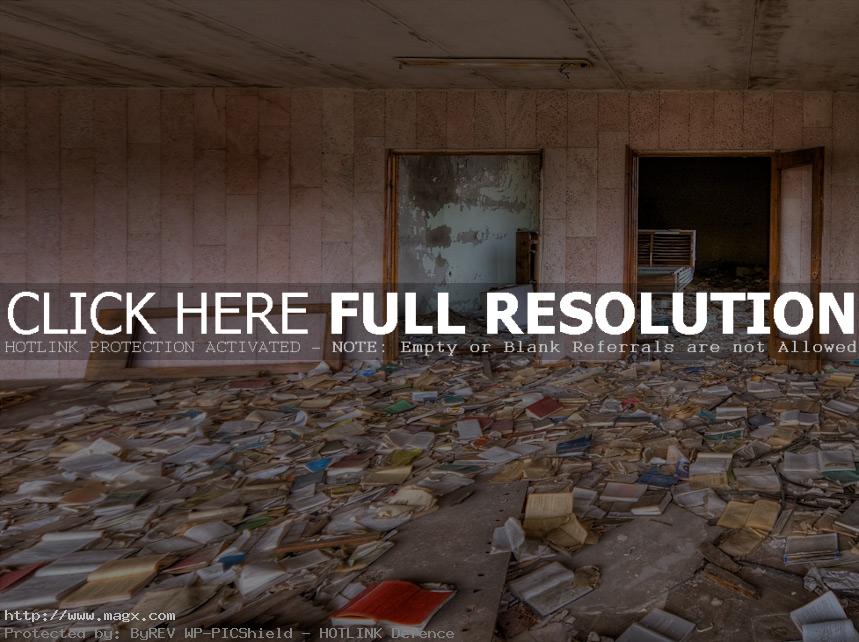


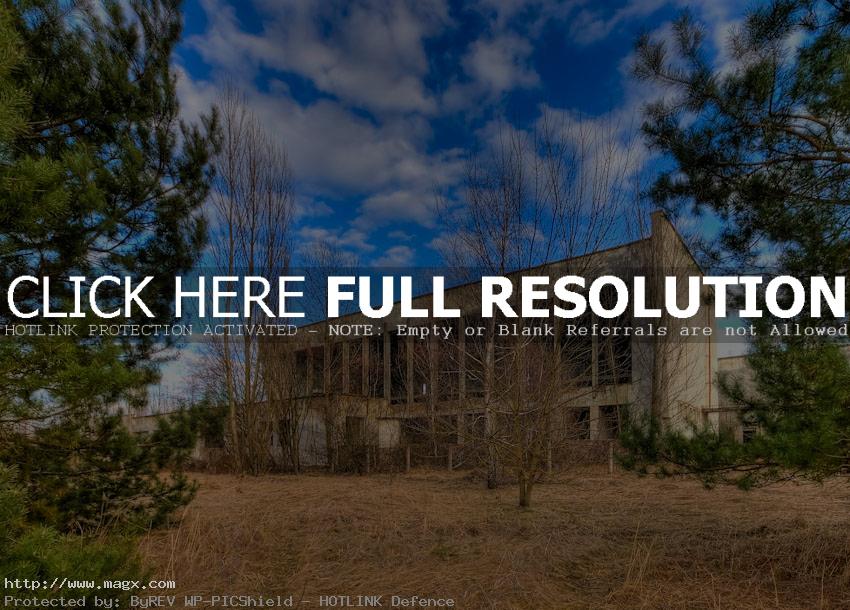

credit: Timm Suess





 Sweet Couples Falling in Love
Sweet Couples Falling in Love Twilight – The Lion Fell I...
Twilight – The Lion Fell I... Sevastopol before Ukraine Crisis...
Sevastopol before Ukraine Crisis... Sarah Michelle Gellar Has Given ...
Sarah Michelle Gellar Has Given ... Diamond Head Crater on Oahu, Haw...
Diamond Head Crater on Oahu, Haw... Best Shots of Yosemite National ...
Best Shots of Yosemite National ... City of Toronto Photo Gallery
City of Toronto Photo Gallery Forte Bramafam in Bardonecchia
Forte Bramafam in Bardonecchia























 Panuluu Hawaiian Black Sand Beac...
Panuluu Hawaiian Black Sand Beac... Tunnel of Love in Klevan, Ukrain...
Tunnel of Love in Klevan, Ukrain... Do you believe the prince kissin...
Do you believe the prince kissin... Abandoned Soviet Naval Base Krat...
Abandoned Soviet Naval Base Krat... The Tokyo Sea Life Park
The Tokyo Sea Life Park Historical Buildings of Oxford U...
Historical Buildings of Oxford U... Palmyra before Isis Captured the...
Palmyra before Isis Captured the...





















 Zwinger Palace in Dresden
Zwinger Palace in Dresden City Palace of Jaipur – Pl...
City Palace of Jaipur – Pl... Alcazar Royal Palace of Seville,...
Alcazar Royal Palace of Seville,... Hunting Residence aka Palace of ...
Hunting Residence aka Palace of ... The Palace of the Legion of Hono...
The Palace of the Legion of Hono... Palace of Persepolis – Gre...
Palace of Persepolis – Gre... Nymphenburg Palace and Gardens
Nymphenburg Palace and Gardens Palace of Fontainebleau, France
Palace of Fontainebleau, France